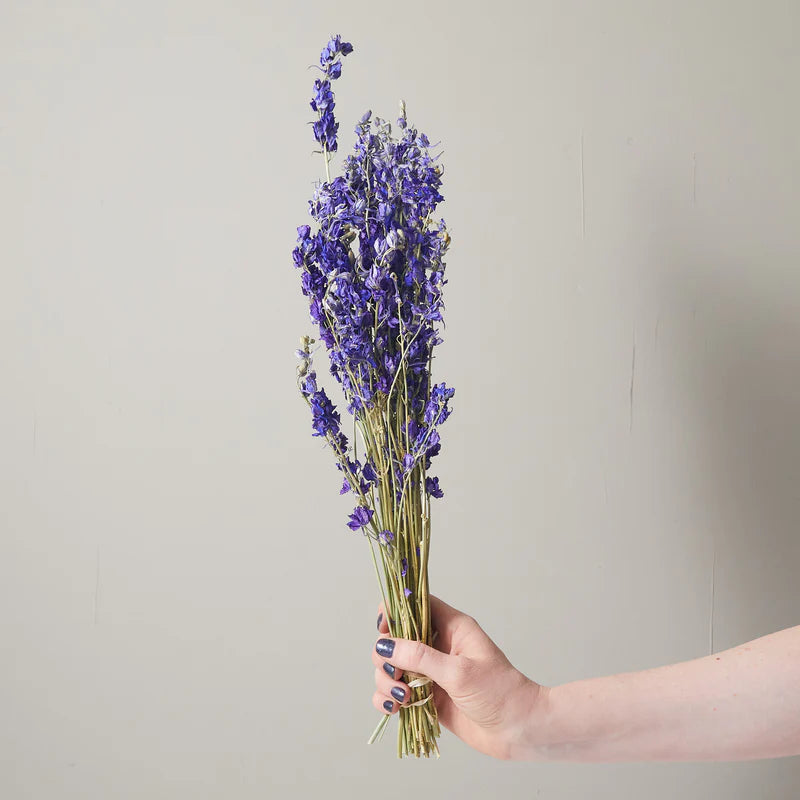
Flowers have been valued for their medicinal properties for thousands of years, with cultures around the world using flowers and plants to treat a wide range of ailments and conditions. From ancient herbal remedies to modern pharmaceuticals, flowers have played a crucial role in the development of medicine and healing practices. In this article, we explore the therapeutic potential of floral remedies, their historical use in medicine, and their modern applications in healthcare.
Historical Use of Floral Remedies
The use of flowers for medicinal purposes dates back to ancient civilizations such as Egypt, China, and India, where flowers and plants were used to treat a variety of ailments and diseases. In traditional herbal medicine systems, flowers were valued for their healing properties, which were often attributed to their unique chemical compounds and active ingredients. For example, the ancient Egyptians used flowers such as chamomile and hibiscus to treat fevers, while the Chinese used flowers such as chrysanthemum and peony to promote longevity and vitality.
Flower Essences and Homeopathy
Flower essences are dilute extracts made from the blossoms of certain flowers, which are believed to contain the energetic imprint or essence of the plant. Flower essence therapy, also known as flower remedies or Bach flower remedies, is based on the principles of homeopathy and is used to address emotional and psychological imbalances. Advocates of flower essence therapy believe that these remedies can help restore balance to the body and mind by addressing underlying emotional or energetic blockages.
Aromatherapy and Essential Oils
Aromatherapy is the practice of using essential oils extracted from dried flowers and plants for therapeutic purposes, such as relaxation, stress relief, and pain management. Essential oils are highly concentrated extracts that contain the aromatic compounds of plants, which can have a powerful effect on mood, emotions, and physiological processes when inhaled or applied to the skin. For example, lavender oil is often used to promote relaxation and improve sleep quality, while peppermint oil is used to relieve headaches and nausea.
Modern Applications in Healthcare
In addition to their historical use in traditional medicine and alternative therapies, floral remedies are also finding modern applications in mainstream healthcare settings. For example, aromatherapy is increasingly being used in hospitals and hospices to help alleviate pain, reduce anxiety, and improve the well-being of patients. Similarly, flower essences are being integrated into holistic wellness programs and mental health treatments to support emotional healing and personal growth.
Research and Evidence
While there is anecdotal evidence and historical precedent for the therapeutic benefits of floral remedies, scientific research on their efficacy is still limited. However, studies have shown promising results for certain applications, such as the use of lavender oil for anxiety and insomnia, and the use of chamomile tea for relaxation and digestive health. As interest in complementary and alternative medicine continues to grow, there is increasing demand for rigorous scientific research to validate the effectiveness of floral remedies and inform evidence-based healthcare practices.
Conclusion
In conclusion, flowers have been valued for their medicinal properties for thousands of years, with cultures around the world using flowers and plants to treat a wide range of ailments and conditions. From ancient herbal remedies to modern pharmaceuticals, flowers have played a crucial role in the development of medicine and healing practices. As we continue to explore the therapeutic potential of floral remedies, let us embrace the rich tradition of using flowers for health and healing, and work towards a future where these natural remedies can complement and enhance conventional healthcare practices.